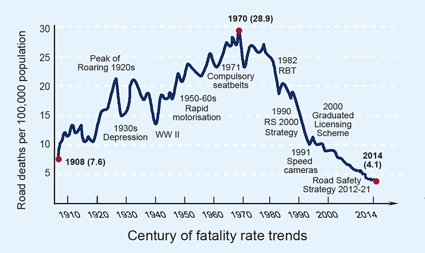Building healthy public policy is the first of the health promotion action areas listed by the World Health Organisation in the Ottawa Charter. Building healthy public policy is about the development of legislation, fiscal measures, taxation and organisational change that promotes health. It requires all sectors to consider health promotion as they develop policies and each level of government to promote laws that improve health outcomes.
The Ottawa Charter states:
Health promotion policy combines diverse but complementary approaches including legislation, fiscal measures, taxation and organisational change. It is coordinated action that leads to health, income and social policies that foster greater equity. Joint action contributes to ensuring safer and healthier goods and services, healthier public services, and cleaner, more enjoyable environments.Furthermore, in order to promote healthy public policy obstacles to their development need to be identified and removed, especially in the non-health sectors. The idea being that the healthier choice is made the easier choice, even for those developing policy.
Building healthy public policy example – Road Safety[2]
Over the past 40 years there have been numerous policy developments around road safety that have helped to reduce fatalities and injuries on our roads. For example, the introduction of compulsory seatbelt wearing, random breath testing, intensive speed camera programs and, more recently, roadside drug testing have all contributed to the decrease in road injuries and fatalities.
Between 2001 and 2010 Australia changed it default urban speed limit to 50Km/h which resulted in a 20% reduction in casualty accidents. Similarly the introduction of school zones has helped to decrease are mortality and morbidity rates from road incidents. We have also made further changes by increasing the punishments for drink driving, especially high range offenders and repeat offenders. Furthermore, we have ensured all new cars have the three-point seatbelt system and that children under the age of 7 are properly restrained in appropriate seating. Air bags were also mandated for all new cars.
States and territories governments have also strengthened their licensing systems, including: increased supervised driving times; peer passenger and night driving restrictions; mobile phone bans; zero blood alcohol limits; restricted access to high-powered vehicles; and targeted increases in speeding penalties.
All of these are examples of policy and legislation that were brought in by governments in order to promote road safety.
Resources
[1] http://www.who.int/healthpromotion/conferences/previous/ottawa/en/index1.html[2] Much of this information is summarised from The National Road Safety Strategy http://roadsafety.gov.au/nrss/files/NRSS_2011_2020.pdf

